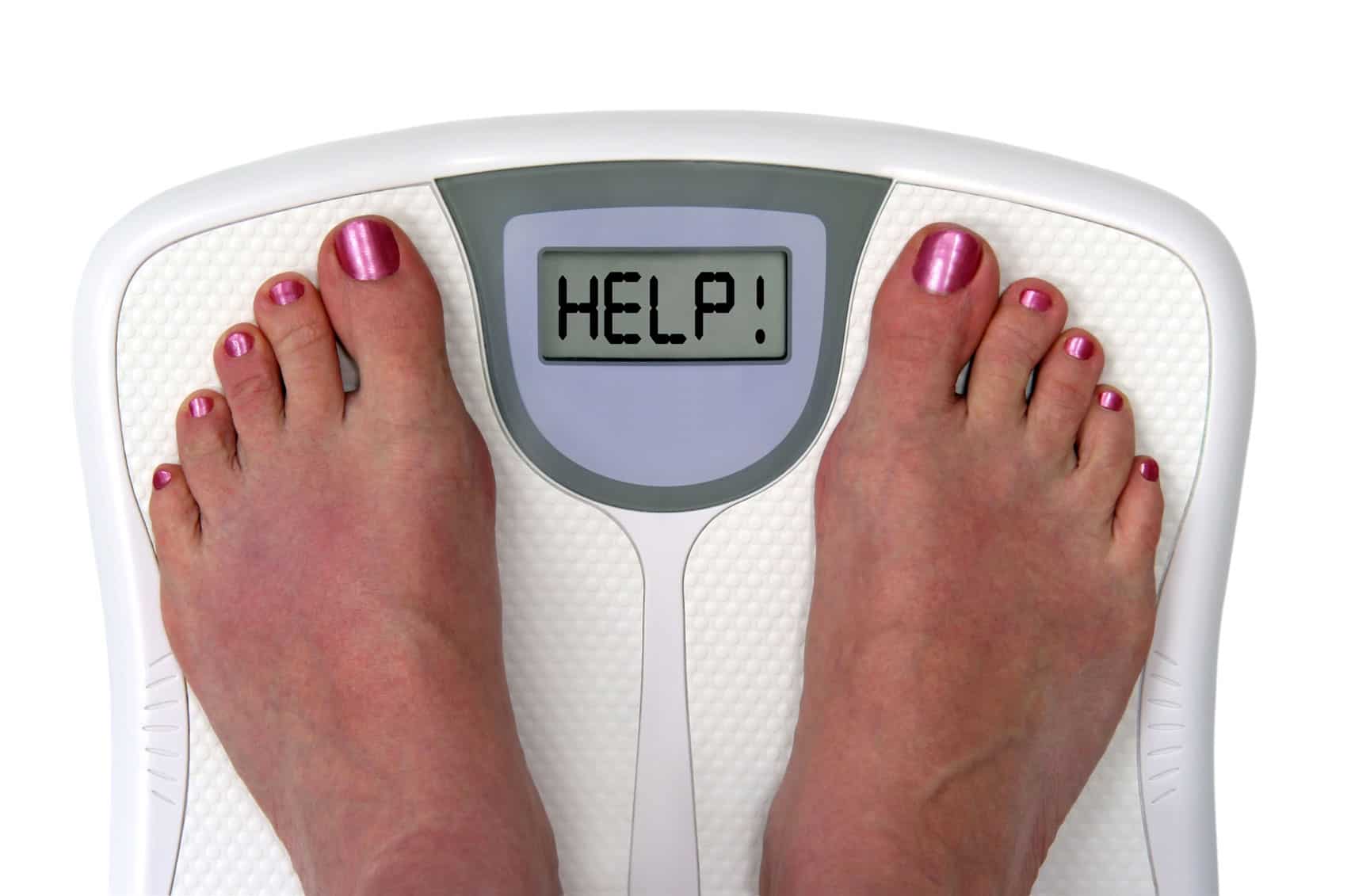By Paul Wantuck

Beach season is approaching, and many of us will soon try on
a bathing suit or two to quickly realize that we probably didn’t make the best
food and activity choices this past winter. Besides the fact that the winter
season naturally packs on a few extra pounds, the abundant comfort foods and
indoor hibernation from the cold can amplify that effect. Before you start calculating your calories in
and calories out in a valiant, but misguided attempt to lose weight, follow
these 4 effective tips for weight loss to avoid the frustration and heartache
that go hand and hand with the outdated method of calorie counting.
- Reduce Sugar Intake
Exercise will
never make up for poor dietary choices.
Let me repeat that, never. At the top of the weight loss most wanted
list is sugar. When it comes to weight
loss, your sugar intake should not exceed 15-25g per day. Sugar comes in many forms and can be found on
the nutrition label under the following aliases: high-fructose corn syrup, lactose, honey,
cane sugar, dextrose, agave nectar, sorbitol, fructose, plus many, many
more. Consuming sugar leads to a
decrease in communication to your nervous system from two very important hormones,
insulin and leptin. These hormones are integral in controlling your appetite as
well as your weight.
When insulin
levels are constantly elevated due to a high-sugar diet, much of the sugar in
the bloodstream is dropped into fat stores. Over time, it becomes more
difficult to tap into these fat stores through activity and exercise because
insulin tells the body to burn carbs instead of fats, thus resulting in further
fat storage. (1)
Leptin
specifically is responsible for controlling your appetite and fat storage. Leptin tells your brain how much energy is available
in the form of fat stores and what to do with it. When that communication
erodes because of factors such as high sugar intake, weight gain, diabetes and
a host of related conditions may occur. (2)
Don’t be fooled
by artificial sweeteners either. Just
because they are “calorie free” doesn’t mean they are any better then
sugar. Click
here for one of my previous blogs to read more on this subject.
- Get Moving- 10,000 steps per day
Exercise accounts
for a small portion of your total energy expenditure throughout the week, if
you are even exercising at all. A larger
percentage of your caloric burn comes from daily activities such as walking,
taking the stairs and performing laborious chores around the house for
example. 10,000 steps is the rough
equivalent to 5 miles, or 30-90 minutes of activity each day depending on how
fast you’re moving. (3) One study looked
at corporate workers in 55 countries who performed 10,000 steps a day for 8
months. After 4 months the number of
participants with high blood pressure was reduced by 34% and the average body
fat lost was 2 inches off the waist.
After 8 months the average weight lost was 10lbs per participant. (4) A pedometer, such as a FitBit, is a great way
to hold yourself accountable to staying active throughout the day and boost
metabolism while avoiding the dangers of a sedentary lifestyle as I have
outlined in a previous blog here.
- Interval Workouts 3 to 5 days per week
Intervals apply
to both your strength training as well as your cardio. Any periods of high intensity work lasting 20-60
seconds followed by one to three times that amount of rest is a great way to
increases the amount of energy expended while still allowing your body to
utilize fat as a fuel source. In
addition, the high intensity work teaches your body to buffer lactic acid build
up, which can lead to muscular fatigue, thus allowing you to train harder and
longer before having to rest or recover.
Following the periods of high intensity work, the ensuring recovery
periods help to convert that lactic acid production into fuel for your
oxidative (a.k.a. fat burning) energy system. (5) I would not recommend strength training the
same body parts on consecutive days, although on occasion you can get away with
it as long as ample recovery tactics are in place. A good weekly plan would be to alternate days
of strength training with days of cardio conditioning. Splitting up your training volume over the
course of the week allows your muscles sufficient recovery time to reduce the
possibility of injury and burnout, while still allowing you to workout at the
high intensities associated with interval training to maximize your results in
the shortest amount of time possible.
- Sleep 7+ hours per night
I hit this topic in one of my previous blogs, but
felt it was important enough to include in this list as well. Click
here to read more on how sleep can help your weight loss efforts.
References:
- http://nutritioncpr.com/sitecontent/2014/02/26/blood-sugar-isnt-just-for-those-with-diabetes/
- http://articles.mercola.com/sites/articles/archive/2011/07/29/foods-that-keep-you-thin.aspx
- http://blog.fitbit.com/the-magic-of-10000-steps/
- http://www.foxnews.com/story/2010/02/22/study-10000-steps-day-is-good-for/
- Anaerobic Conditioning: Training the Three Energy systems; NSCA Journal February-March 1982; Kris Berg Ph.D., University of Nebraska at Omaha
For more
Fitness, Nutrition, and Wellness advice contact Paul Wantuck or stop by the Fitness
Center to schedule a consultation and get started on the path towards a
healthier you!

No comments:
Post a Comment